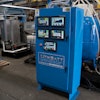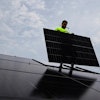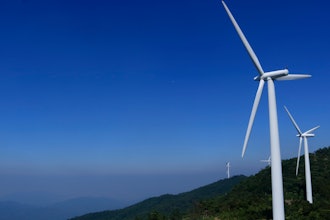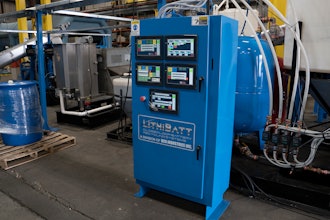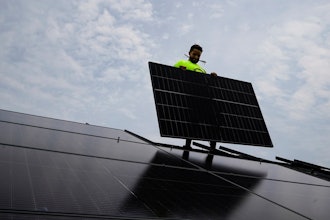Harvesting Heat
The TE-Power Node uses any source of thermal energy to drive a wireless transceiver, storing power in a thin-film battery. The Node is a test bed for designers looking to build the next generation of sensor networks, in which the sensors power themselves by harvesting energy from the environment. The battery stores the power that trickles in from sources such as a warm industrial exhaust pipe and then releases the accumulated energy in a pulse powerful enough to operate the radio. A 10 °C difference in temperature produces enough electricity to transmit 13 bytes of information per second.
Credit: Micropelt
SOURCE

